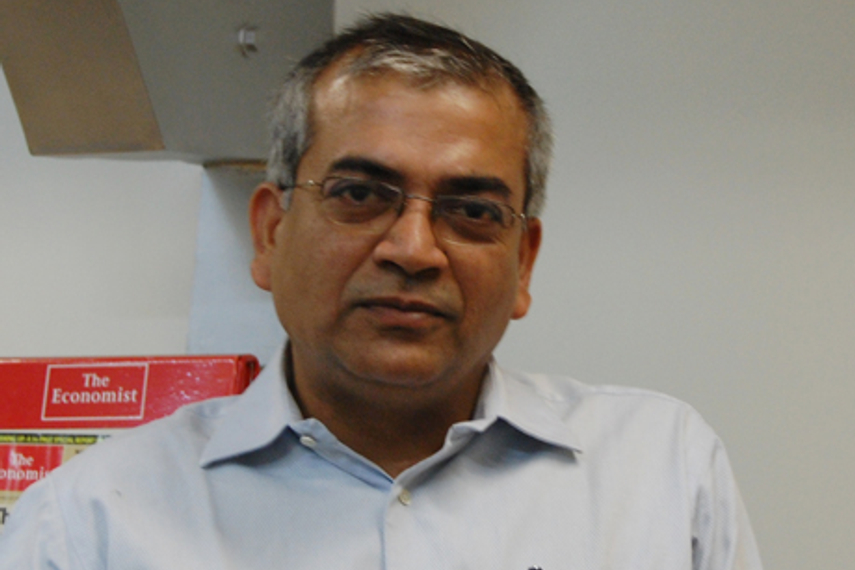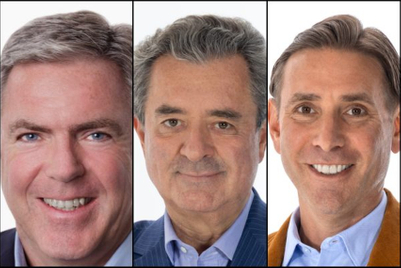
One of my foremost desires, as we see technology playing havoc with our favourite marketing models, is to borrow one of H G Wells’ inventions, and travel into time, before James Watt’s steam engine happened to civilisation. In trying to imagine my favourite village, I see this immensely successful baker (let’s call him Adam) whose bread is legendary and people queue up to catch the fresh bun. Was it just great bread? Was it about where his shop was located? Was it because he opened at 4 am? Or was it more because some of the elders gave his bread top billings or because the priest mentioned Adam while talking about the daily bread, amen! Or was it just because Adam came up with the first ever runaway successful promotion, the baker’s dozen?
Great product, placement, promotions, opinion makers, celebrity endorsements, and yes, word of mouth, was happening. And it was possible because it was in a village of a few sq /miles.
What happened as villages transformed into towns and mighty ships with containers of the capacity of stadiums started coursing international waters was a creation of imperfect information. Consumers had as much information as manufacturer’s told them and their only other source became the local dealer and his salesman. As newspapers grew, men on Madison Avenue painted dreams which soon attained a techni-coloured hue with the advent of television. Consumerism as we have lived it in the last 50-60 years was born and thriving. And most of the marketing models that we have lived by were developed in this era.
Technology, Intel and Sir Timothy John “Tim” Berners-Lee has changed everything. And now, with the Zuckerbergs, we are truly heading back to the village. Information about everything is available everywhere. Consumers are talking about products, services and experiences and consumers anywhere in the global village have access to this conversation. The only change is that word-of-mouth has been replaced by word-of-hand.
My beloved models are dying. And the biggest one is the funnel. Oh, how we love the funnel. It’s orderly, logical and has worked for us for years. Many brands in the consideration set, to fewer brands, to final choice and then that magical, BUY. The marketing tasks were simple. Build awareness, spend loads of money on TV and press, do great product ads which bring out the “reason to buy me” and then at the sales point do a great freebie, a coffee shaker perhaps, and the sale was done.
So, what has changed? In the December 2010 issue of the Harvard Business Review, David Edelman tells us that we are spending money in all the wrong places. He lets us marketers know bluntly that the funnel is dead.
Edelman says that research shows that rather than systematically narrowing their choices, consumers add and subtract brands from a group under consideration during an extended evaluation phase. After purchase, they often enter into an open-ended relationship with the brand, sharing their experience with it online. This has added an enjoy-buy-advocate-bond loop to the more traditional consider-evaluate-buy stage in the consumer decision journey.
Edelman’s research tells us that consumers are connecting with brands in new ways in the decision journey and marketers need to re-look at all the implications. One such is the way we allocate spending across media. In the existing funnel approach most of the money (upwards of 70%) is spent on the “consider and buy” stage. Yet the research on which Edelman bases his article shows that consumers are more influenced during the “evaluate” and enjoy-advocate-bond stage.
In the funnel, communication is one way and every interaction has a media cost that is usually the largest chunk of marketing cost. So the focus is on working or paid media and its efficiency. Edelman argues that in the world of the “loop”, marketers must also look at owned media (channels that a brand controls, eg websites) and earned media (customer-created channels, eg a Facebook group). And an increasing portion of the budget must go to non-working media – the people and technology required to create and manage content for profusion of channels and to monitor and participate in them.
The funnel was direct, the loop is irritatingly elliptical. Time for a re-think.



.+The+firm+has+named+Quang+Nguyen+as+managing+director+of+its+Vietnam+operation%2c+while+also+wel.jpg&h=268&w=401&q=100&v=20250320&c=1)


.png&h=268&w=401&q=100&v=20250320&c=1)

.png&h=268&w=401&q=100&v=20250320&c=1)

